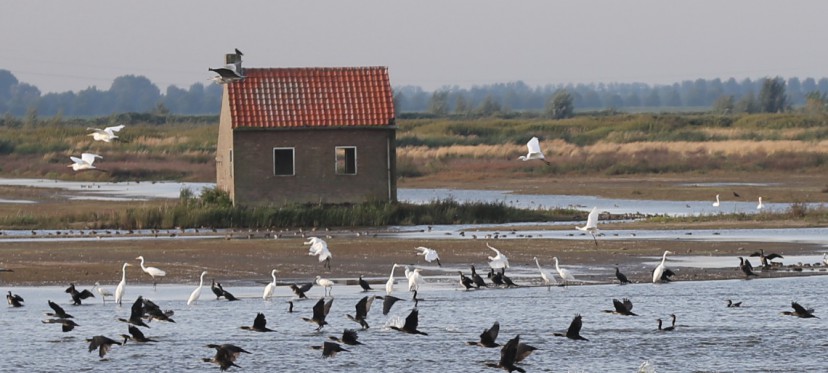Asia-Holland comparative study on urban-rural landscape in consideration of development process of irrigation engineering



Mosaic landscape of rice fields and urban land uses is inherent phenomenon in peri-urban area in Asian large cities situated on deltaic lowlands under monsoon climate. Land-use change analysis is not enough to understand driving forces of landscape change and elaborate landscape planning for sustainable urban-rural landscape mosaics. For deeper understanding of landscape transition, it is crucial to consider historical development process of civil engineering techniques for irrigation system that is vital for rice field preparation. Specifically, it is necessary to examine long-term transition of the landscape-engineering relationship: from the initial small-scale gravity irrigation with man-hand landform transformation; and the recent large-scale pumping irrigation with large land development by heavy construction equipment; and further to the current urban-rural landscape mosaic materialized by converting rice fields to urban land uses.
Indeed, Dutch engineers had played significant role in these irrigation development processes. For instance, during Meiji Period in Japan, Dutch civil engineer Johannis de Rijke was invited as a foreign advisor by Japanese Government. He had provided Western style flood and erosion control measures through his active field investigation and guidance. Hence he is considered one of the most important figures in civil engineering history in Japan even though is not well-known in his native country, Holland. Other example is Homan Van Der Heide who was the first chairman of the Royal Irrigation Department in Thailand. He outlined the current irrigation system of Chao Phraya Delta already in the early 20th century. What they provided to Asian countries was so-called modern irrigation system sustained by large-scale hard infrastructures such as artificial dikes, dams, canals and so on. These concept and techniques were likely to be formed under the unique geographic condition of Holland that consists of natural lowlands and considerable reclaimed lands.
Nevertheless, indigenous irrigation for rice fields has been still remaining in those Asian low-lying regions. For example, in Chao Phraya Delta in Thailand, straight grid canal proposed by Homan Van Der Heide can function as major irrigation and drainage facilities, whereas indigenous tidal irrigation for floating rice can be still observed in some districts between such major canals. As the results, mosaic landscape pattern, consisting of so-called modern agricultural and indigenous agricultural patches, has been formed. This pattern has an influence to urban-rural landscape mixtures even after urbanization.
I would assume that one of the factors of inducing such a mosaic landscape is a direct introduction of civil engineering for Holland having pasture without water storage into monsoon Asian deltas having inherent predominant rice fields with water storage. Dutch engineers certainly contributed to building basement of irrigation system in these Asian countries; however, they might not be able to expect future land-use mixtures due to remaining water-adaptive inherent rice culture and indigenization of introduced modern civil engineering.
Regarding above points, I would hope to start Holland-Asia comparative study on development process and patterns of deltaic landscapes in collaboration with Dutch and Asian experts. This study would be valuable both to Asian and Dutch future spatial planning in consideration of managing water particularly under global warming trend.
funded partially by JSPS Bilateral Programs